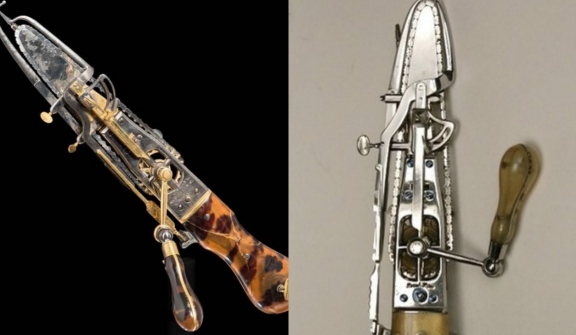
Did you know that chainsaws were originally invented for a completely different purpose than what we commonly thought about?
This revelation might leave you in awe, but these chainsaws were initially designed for use in childbirth. Yes, you read that right.

The history begins from an era before modern sanitation and antibiotics, where medical procedures were far from what we know today.
At that time, chainsaws were actually created as a tool to assist in childbirth.
These chainsaws were used in a risky and grossly outdated surgical procedure called symphysiotomy which was performed in certain challenging childbirth cases.
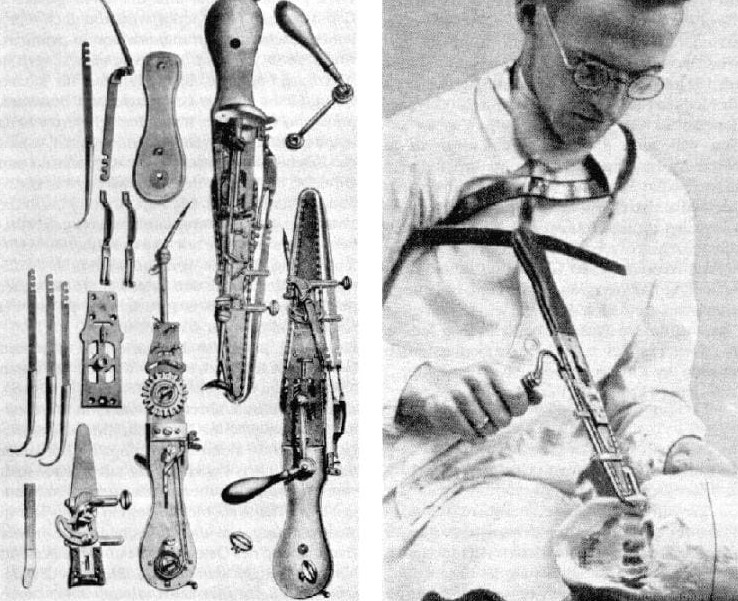
Symphysiotomy was an extremely dangerous technique that involved cutting through the cartilage of a woman's pelvic bone to expand the birth canal.
It was believed to be a solution in cases when a natural delivery was deemed difficult or impossible.
Due to its high fatal risk, this procedure is no longer practiced or recommended in modern medicine. Another reason is that we now have the availability of safer alternatives.
The use of chainsaws for childbirth may sound shocking and unconventional to us today, but it highlights the desperate measures that were taken in the past to overcome medical challenges.
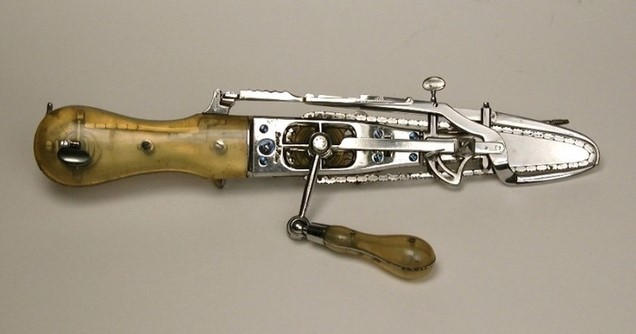
In the late 18th century, Scottish doctors John Aitken and James Jeffrey designed a faster and more efficient solution which was a chainsaw for the groin.
It involved cutting the pubic symphysis, a cartilage joint above the vulva to expand the pelvis for easier childbirth.
This device was invented in 1806 and was later utilized for joint surgeries and eventually mechanized.
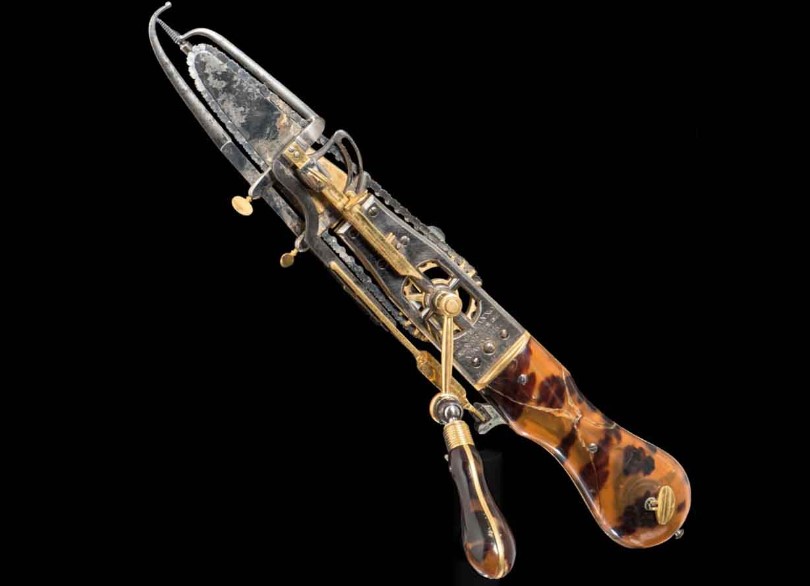
The world's first chainsaw was a flexible saw, resembling a watch chain, operated with a hand crank.
Remarkably, having a chainsaw used on mothers' nether regions was considered an improvement.
So, at that time, instead of witnessing a doctor manually cutting the pelvis, patients could now see a doctor appearing with a chainsaw.
It wasn't until 1905 that someone had the idea to apply this terrifying device to trees.
Before the advent of antiseptics and anesthetics in medicine, C-sections were fraught with high risks and were therefore uncommon.
In the 1500s, the first successful C-section was performed in Switzerland by a cow castrator on his wife. Both mother and child survived, with the baby living to 77.
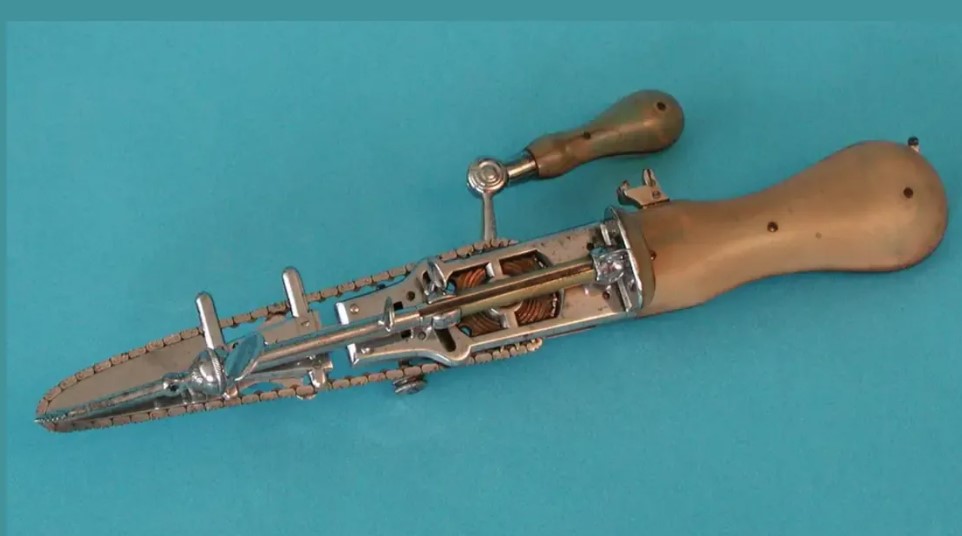
However, the first published account of C-sections in the United States tells a more tragic story.
In an 1830 edition of the Western Journal of Medical and Physical Sciences, Dr. John L. Richmond recounted a difficult birth during a storm.
With labor failing to progress and fearing for the mother's life, Dr. Richmond, equipped only with a pair of crooked scissors, performed a Caesarean section at around one o'clock in the night.
However, the operation was more challenging than anticipated.
The fetus was unusually large, and the mother's obesity compounded the difficulties.
During the mother's exceeded pain, Dr. Richmond made the difficult decision that preserve the mother's life, even if it meant sacrificing the life of the unborn child.




